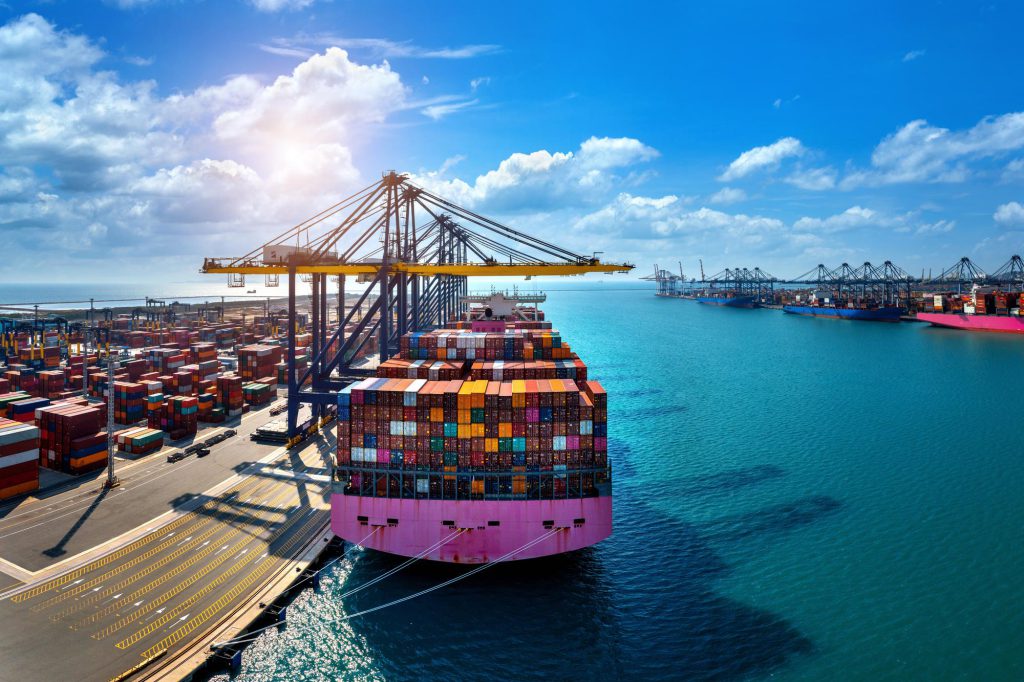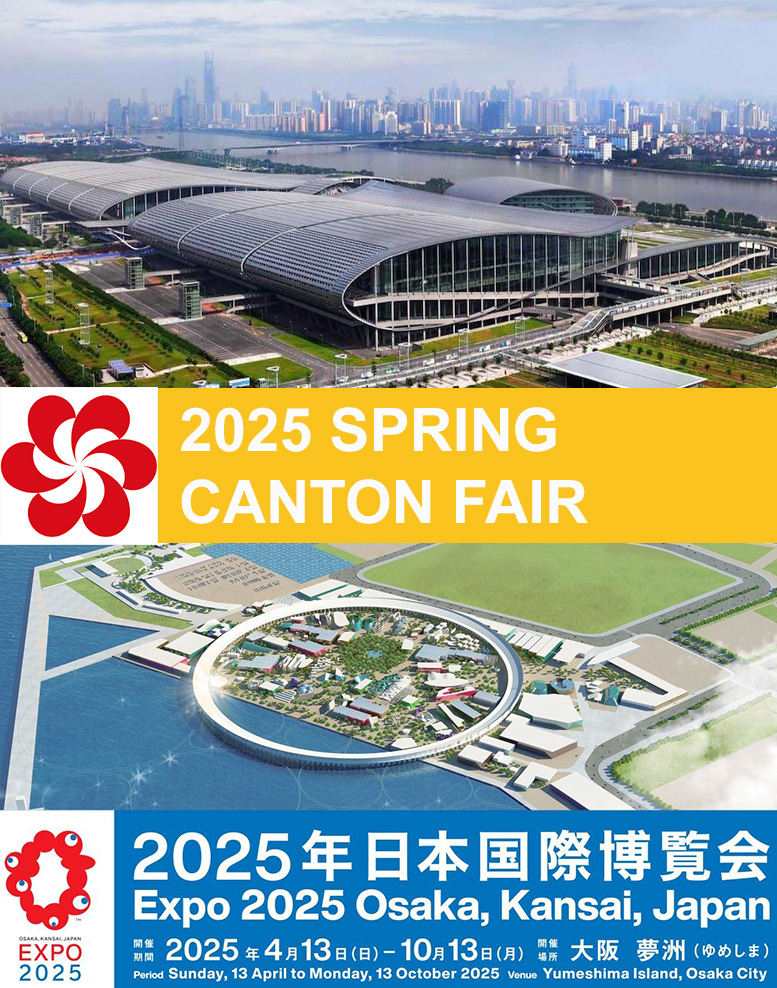On April 20, 2024, China’s General Administration of Customs (GACC), the Ministry of Commerce, and the State Administration for Market Regulation jointly announced the repeal of the Administrative Measures for Import and Export Commodity Inspection and Appraisal Institutions. This decision marks a significant shift in China’s import inspection framework, reflecting the government’s ongoing efforts to streamline regulations and enhance trade efficiency. In this article, we will examine the role of this regulation, the reasons for its repeal, and the practical impact on China’s import sector.

A Look Back: The Role of the Regulation
The Administrative Measures for Import and Export Commodity Inspection and Appraisal Institutions was originally implemented to regulate the operations of inspection agencies involved in import and export commodity testing. It provided a framework for accreditation, operational standards, and compliance requirements for quality control service providers. The regulation aimed to ensure product safety and quality while maintaining oversight over inspection institutions.
Under this framework, importers were required to work with accredited inspection agencies to verify the quality and safety of goods entering the Chinese market. While this system provided a structured approach to import quality control, it also led to bureaucratic inefficiencies, higher costs, and delays in customs clearance.
Why Was the Regulation Repealed?
Several key factors contributed to the repeal of this regulation:
1. Market-Oriented Reforms – The Chinese government has been actively reducing regulatory burdens to promote trade and investment. Simplifying import inspection processes aligns with broader efforts to create a more business-friendly environment.
2. Growth of the Third-Party Inspection Industry – With the rise of internationally recognized third-party quality control firms, the need for a rigid government-controlled accreditation system has diminished. Many businesses now rely on independent inspection agencies with global standards.
3. Improving Trade Efficiency – The previous system often led to delays and additional costs for importers. Removing unnecessary bureaucratic layers is expected to improve supply chain efficiency and reduce compliance costs.
4. Harmonization with International Standards – Many countries have more flexible import quality control mechanisms, allowing businesses to choose from a wider range of certified inspection providers. China’s reform aligns with international best practices.
Impact on China’s Import Industry
The repeal of this regulation is expected to have a significant impact on various stakeholders in China’s import sector:
- Impact on Importing Businesses
• Increased flexibility – Businesses can now select inspection agencies that best fit their needs, leading to faster processing times.
• Lower compliance costs – Without the requirement to use government-approved agencies, companies can reduce expenses related to quality inspection.
• Greater trade efficiency – Faster inspections and fewer bureaucratic hurdles will enhance China’s ability to import goods smoothly. - Impact on Third-Party Inspection Providers
• Increased competition – More private and international inspection firms may enter the Chinese market, fostering innovation and higher quality services.
• Higher quality standards – With market-driven competition, inspection agencies may adopt more rigorous standards to differentiate themselves. - Impact on Government Oversight
• Shift from pre-inspection to post-market surveillance – Instead of controlling inspection agencies through strict accreditation, the government may focus on post-import monitoring and penalties for non-compliance.
• Potential risks – While deregulation reduces red tape, it also requires stronger enforcement mechanisms to ensure product safety is not compromised.
Future Trends in Import Quality Control
As China transitions toward a more open import inspection system, several trends are likely to shape the future:
• Greater reliance on international certifications – Importers may increasingly use globally recognized inspection standards, such as ISO or SGS certification, to ensure quality.
• Technological advancements in inspection – AI-driven quality control, blockchain-based tracking, and automated testing procedures may become more prevalent.
• Regulatory adjustments – The government may introduce new policies focusing on high-risk products while allowing low-risk goods to pass through more efficiently.
Conclusion
The repeal of the Administrative Measures for Import and Export Commodity Inspection and Appraisal Institutions marks a pivotal step in China’s ongoing trade reform efforts. By reducing bureaucratic barriers, the government aims to enhance trade efficiency while fostering a more competitive and market-driven inspection industry. However, businesses must remain vigilant in adapting to new quality control practices and ensuring compliance with evolving regulatory standards. As China moves beyond bureaucracy, the future of import quality control will be defined by innovation, efficiency, and global integration.








